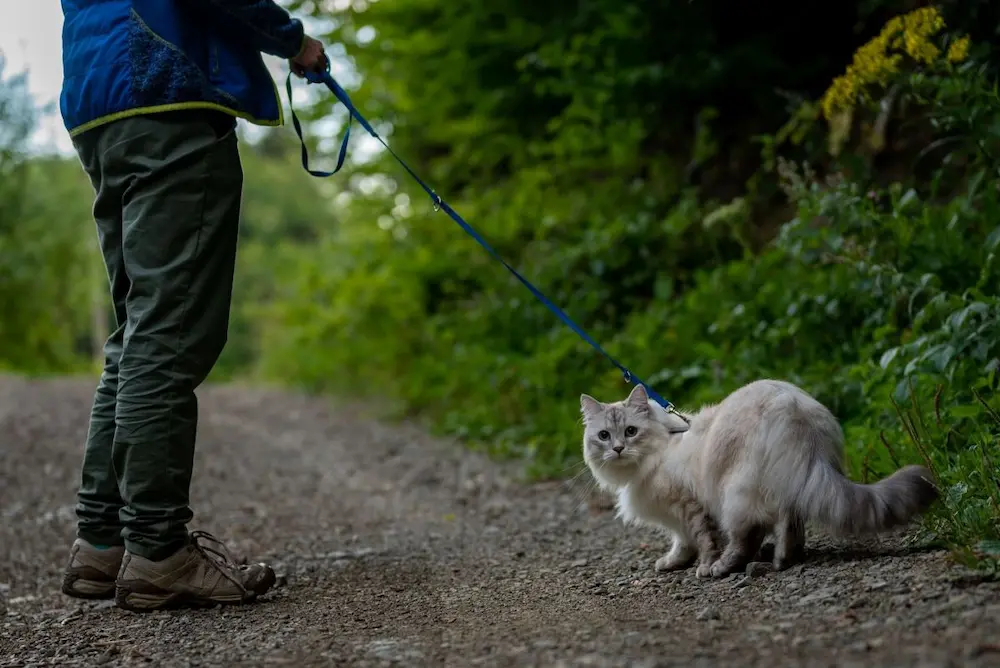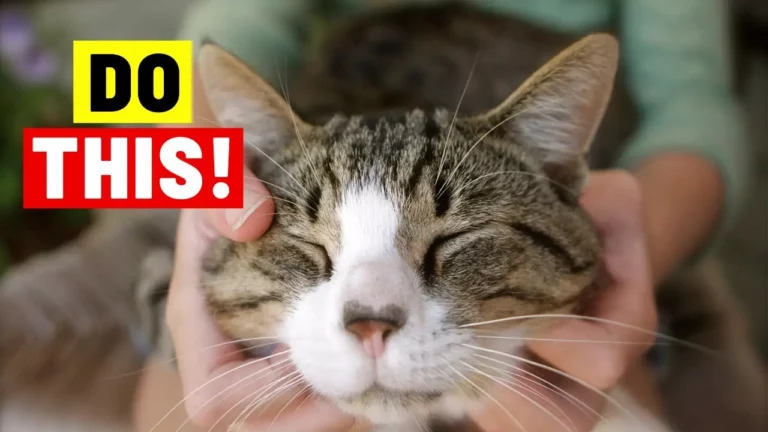Yes, You Can Walk Your Cat! Here’s Why You Should
Have you ever spotted someone walking what you thought was a small dog, only to realize it was actually a
It’s true, cats can be walked just like dogs!
But the sight might leave you wondering, “Can I really take my
The answer is yes, but it’s not as straightforward as clipping on a leash and heading out the door.
Walking a
Unlike dogs, most cats aren’t naturally inclined to walk on a leash.
They value their autonomy and might need a gentle introduction to the concept of being led.
But don’t worry, with the right approach, even the most reserved kitty can learn to enjoy a stroll around the block.
Forget about the distance
When introducing your
Unlike dogs, cats typically don’t require extensive physical exercise during their walks.
Instead, these outings serve more as mental stimulation and a chance for exploration.
Most importantly, observe your
If your feline friend shows signs of being comfortable and curious, a short stroll around the backyard could be enough for the day.
It’s not about the mileage; it’s about enrichment and bonding.
Remember, every
Start with short sessions and slowly increase the duration only if your
Patience is key here—rushing might only set back your progress.
Safety must always remain a top priority.
Ensure that the harness is secure and the environment is safe from potential threats, like busy streets or larger animals.
A peaceful, quiet area where your
Get a harness and take baby steps
Introducing your
It’s important to select a harness that fits comfortably, ensuring it is neither too tight nor too loose.
Adjustable harnesses work best as they can be tailored to fit your
Ensure the harness is secure, but with enough room to allow your
Begin the training indoors. Familiarize your
Gradual exposure helps; try draping the harness over your
After a few days, if your
Taking baby steps is essential—once your
Choose quiet times of the day for these initial outings to reduce the likelihood of encountering anything that might scare your
A tranquil garden or a lightly trafficked park are ideal environments.
Always observe your
Respect your cat ‘s limits
Walking your
It’s essential to recognize that every
Always be attentive to how they’re feeling and ready to adjust your plans accordingly.
By taking these steps you’re not only ensuring your
Here’s to many happy and healthy walks with your feline friend!






